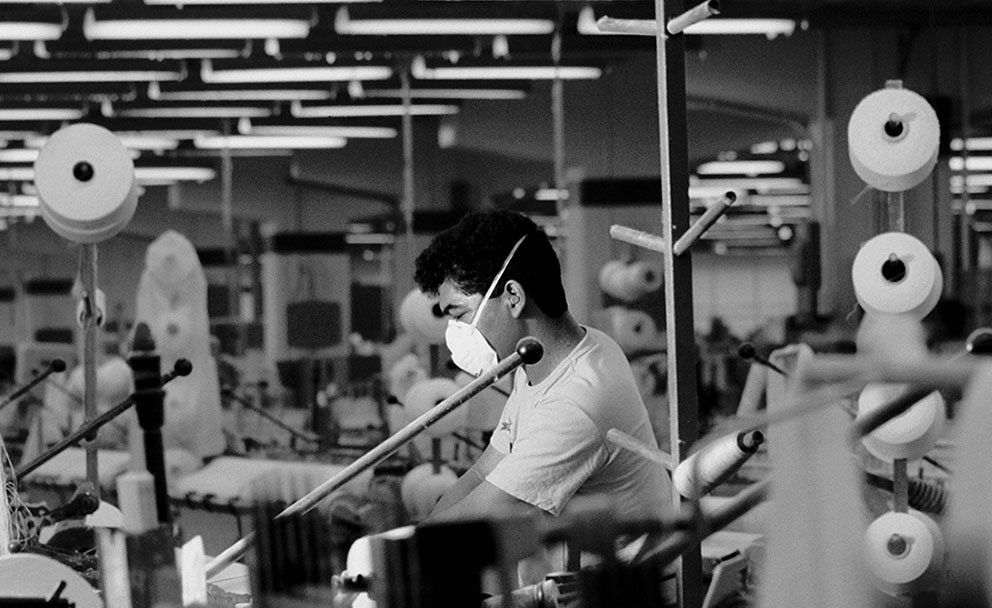
Chinese supply chains can be particularly murky. Where the Purchase Order is placed and the product manufactured is often a different location. Suppliers often run multiple manufacturing sites and, in fact, many subcontract manufacturing to a separate business entity offering them the greatest margin
The greatest risk is when factories then subcontract a process, or entire production, to another factory without disclosing it. The worst case scenario being a company learning, either through the media or other sources that, not only are their products manufactured at factories with egregious workplace violations, but they were unaware that they were doing business with these manufacturers in the first place.
In Omega’s experience the majority of Chinese factories subcontract at least one production process to a separate, undisclosed, manufacturer. Within the garment industry, for example, it is the norm to subcontract washing to another factory. Local governments in China disincentive factories in the industrial zones from having this highly polluting process onsite by requiring complex permits and expensive treatment plants. As such, factories typically outsource this process to sites, further inland, with the requisite technology and under less scrutiny from local officials. Labor intensive and requiring specialized skills, the embroidery process is typically outsourced also.
Unauthorized subcontracting poses serious challenges. Omega recommends that brands and retailers push for transparency by requiring their factories to disclose subcontracting before any orders are placed. The issue though is how do companies approach their Tier II factories from a responsible sourcing perspective? Rarely exposed to auditing, operating on even finer profit margins, and with even weaker commercial relationships, these factories are not well placed to meet typical responsible sourcing requirements.
Just last month, while scheduling an assessment at a factory in China, Omega was asked for some informal advice. The factory was working with a separate client who permits subcontracting on the basis that the Tier II site produces a recent audit report verifying that it meets its responsible sourcing standards. While the approach is commendable, the policy lacked the pragmatism to be effective. The site hadn’t been audited before and, due to production lead times, it wasn’t possible to organize an audit or identify a new subcontractor. Further, even if an audit was performed the Tier II factory almost certainly wouldn’t meet the client’s standard. The factory was concerned about losing the order, and asked if Omega knew of an alternative site. This suggests that if it couldn’t identity a compliant one it may even resort to attempting to bribe the client’s auditor.
While attempted bribery is completely unacceptable, Omega did sympathize with the supplier’s predicament. Perhaps the most practical solution would be to hold Tier II sites to a less comprehensive standard where they are assessed for zero tolerance issues only. Another solution would be for brands and retailers to collaborate around a number of Tier II embroidery factories, for example? With more stable commercial relationships, these sites would then be in a better position to make the requisite investment in workplace conditions driving responsible sourcing and supply chain transparency from the ground up.
Omega has vast experience in managing compliance programs across subcontractors. Should you require information on our services do please contact us.
